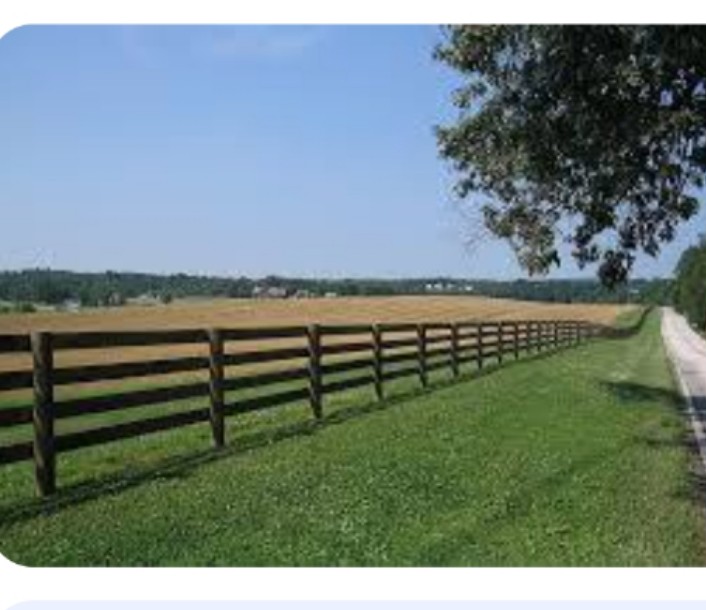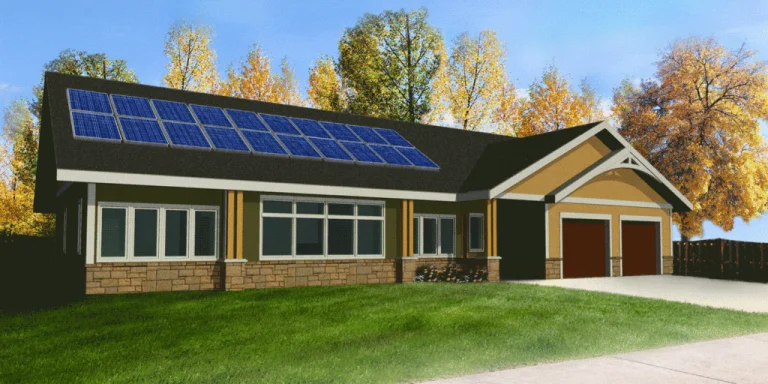Optimal Fence Post Spacing for CritterFence: A Comprehensive Guide
Asenqua Tech is reader-supported. When you buy through links on our site, we may earn an affiliate commission.
When it comes to installing a fence, one of the most important factors to consider is the spacing between fence posts. The proper fence post spacing not only ensures the structural integrity of the fence but also plays a crucial role in keeping animals in or out of a designated area. In this comprehensive guide, we will explore the optimal fence post spacing for CritterFence, a leading provider of high-quality fencing solutions. Whether you are building a garden fence, deer fence, dog fence, or any other type of animal fence, understanding the ideal post spacing will help you create a durable and effective barrier.
Understanding the Importance of Fence Post Spacing
Before diving into the specifics of fence post spacing, let’s first understand why it is so crucial. Fence posts are the backbone of any fence structure, providing stability and support. The spacing between these posts determines the strength and durability of the fence. If the posts are too far apart, the fence may sag or collapse under pressure. On the other hand, if the posts are too close together, it can lead to unnecessary material and labor costs. Finding the right balance is essential for a successful fence installation.
Factors Affecting Fence Post Spacing
Several factors influence the optimal fence post spacing. These factors include the type of fence, the terrain, the purpose of the fence, and the materials used. CritterFence offers a wide range of fence options, each with its own recommended post spacing. Let’s explore some of the most common types of fences and their ideal post spacing.
Garden Fence
Garden fences are designed to protect plants and crops from animals. The ideal post spacing for a garden fence depends on the type of mesh used. For smaller animals like rabbits, a mesh with a half-inch opening size is recommended. In this case, the fence posts should be spaced approximately 4 to 6 feet apart. For larger animals like deer, a taller fence with a mesh opening size of one inch or smaller is necessary. The post spacing for a deer fence should be around 8 to 10 feet apart.
Deer Fence
Deer fences are specifically designed to keep deer out of an area. These fences require taller posts and a stronger mesh to withstand the pressure exerted by deer. The recommended post spacing for a deer fence is typically 10 to 12 feet apart. This wider spacing ensures that the fence remains sturdy and can effectively deter deer from entering the protected area.
Dog Fence
Dog fences serve as a containment system to keep dogs within a designated area. The post spacing for a dog fence depends on the size and behavior of the dogs. For small to medium-sized dogs, a post spacing of 6 to 8 feet apart is generally sufficient. However, for larger and more energetic dogs, closer post spacing of 4 to 6 feet apart may be necessary to prevent them from squeezing through or jumping over the fence.
Cat Fence
Cat fences are designed to keep cats safely contained within a specific area while also preventing other animals from entering. The recommended post spacing for a cat fence is typically 6 to 8 feet apart. Additionally, cat fences often incorporate no-climb post extenders to deter cats from climbing over the fence.
Other Animal Fences
CritterFence offers a variety of animal fences to cater to different species. The optimal post spacing for these fences depends on the specific animal being targeted. For example, raccoon fences typically have a post spacing of 6 to 8 feet apart, while goose fences may require a wider spacing of 10 to 12 feet apart. It is essential to consult the CritterFence website or seek professional advice to determine the ideal post spacing for your specific animal fence.
Conclusion
Proper fence post spacing is a critical factor in the successful installation of any fence. The optimal spacing ensures structural integrity, durability, and effectiveness in keeping animals in or out of a designated area. CritterFence, with its extensive range of fencing solutions, provides specific recommendations for post spacing based on the type of fence and the target animal. By following these guidelines, you can create a sturdy and reliable fence that meets your needs. Remember to consult the CritterFence website or seek professional advice for precise post spacing recommendations for your specific project. With the right fence post spacing, you can enjoy the benefits of a secure and effective animal barrier.







